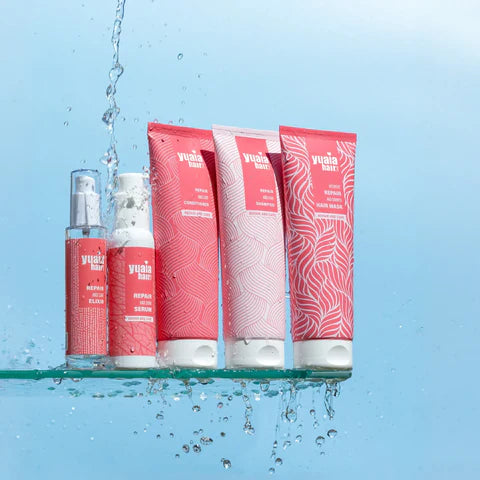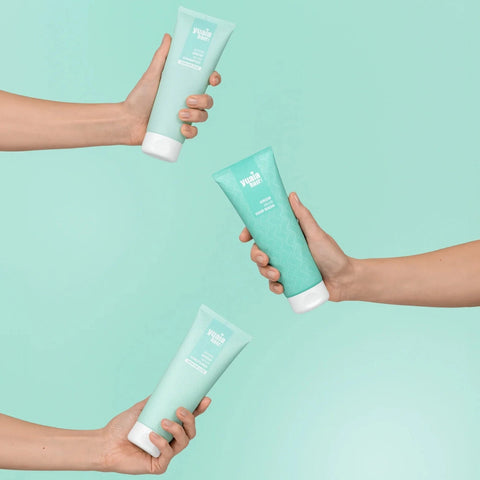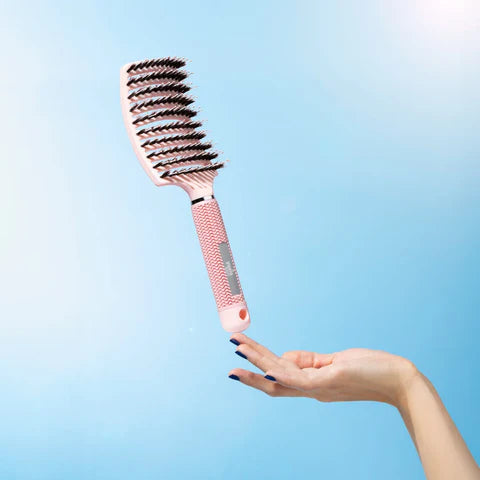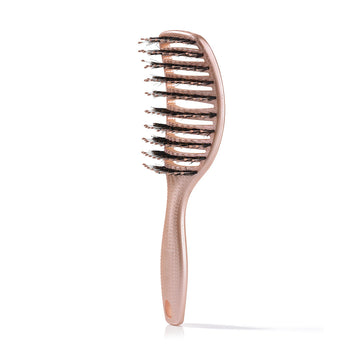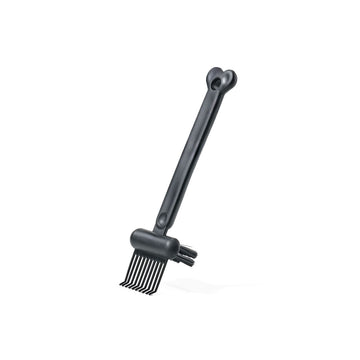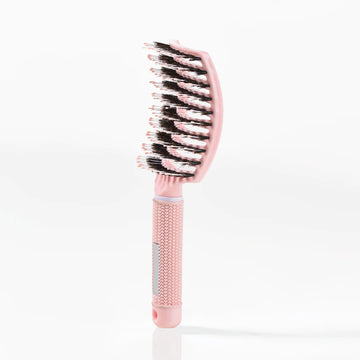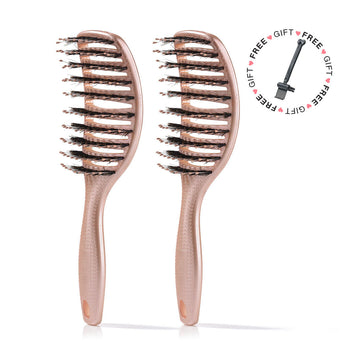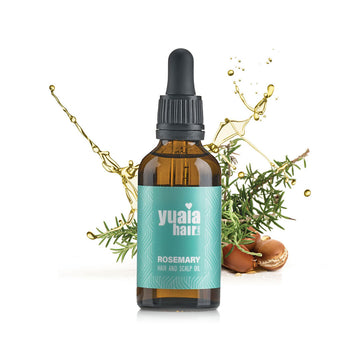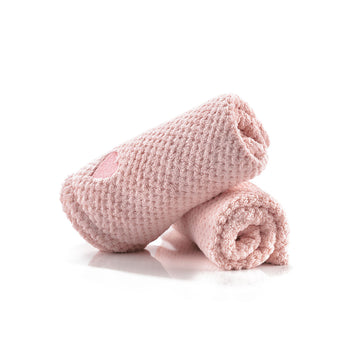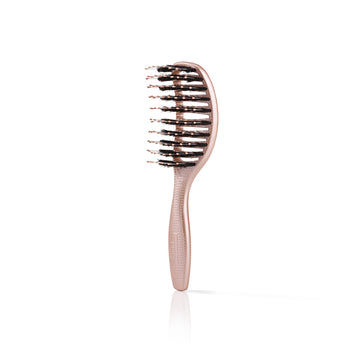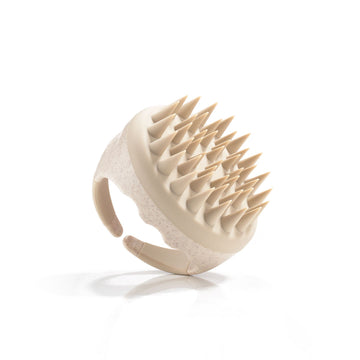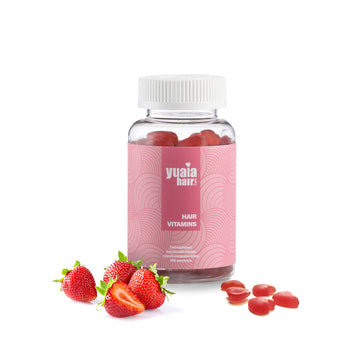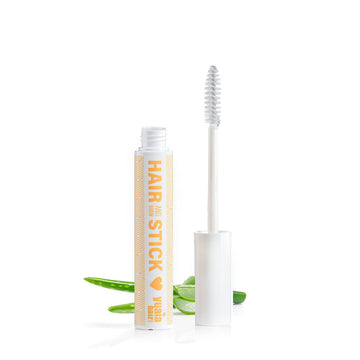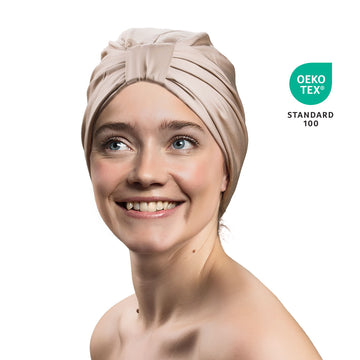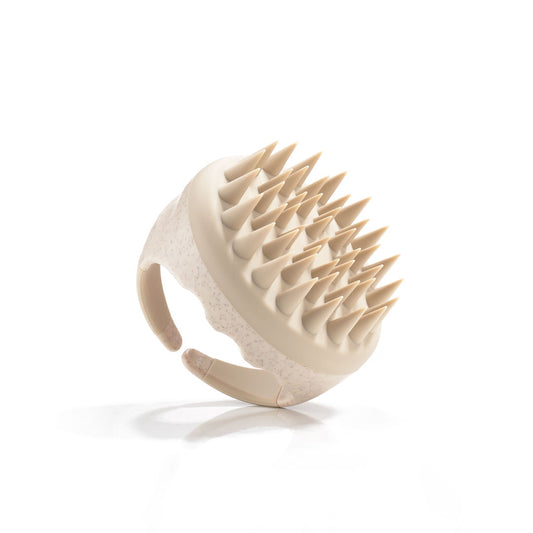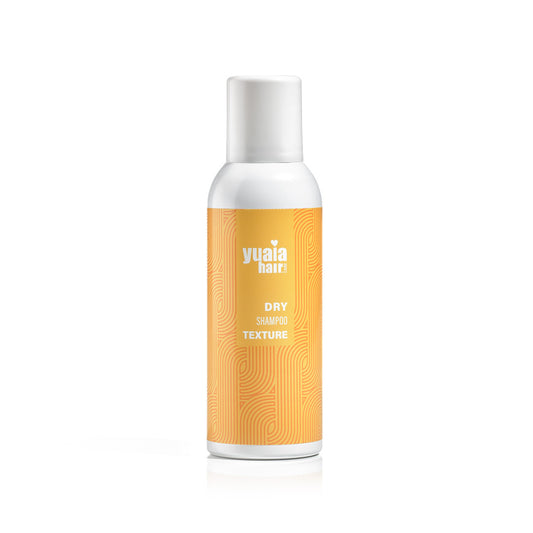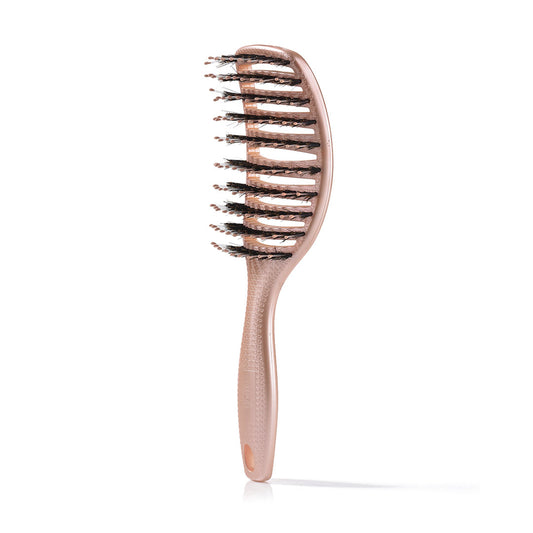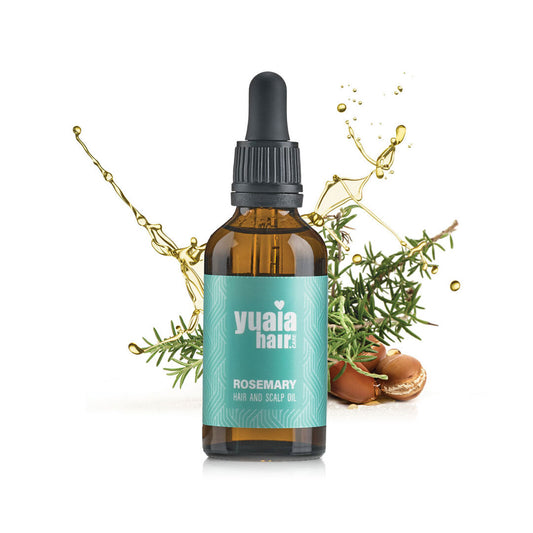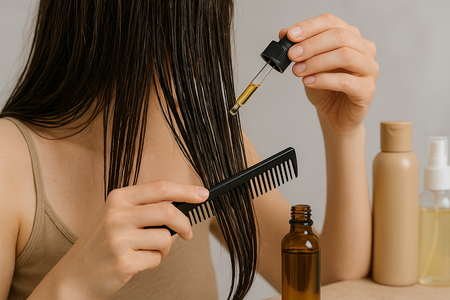
Why Is a Dedicated Routine Essential for Oily Hair?
A structured routine is important for balancing oil production and maintaining hair health. By following a consistent regimen, individuals with oily hair can manage sebum production, reduce greasiness, and promote a healthier scalp. A dedicated routine can help regulate the scalp's oil production, preventing the hair from becoming too oily too quickly.
Moreover, using products made specifically for oily hair can make a significant difference. These products are formulated to cleanse effectively without stripping the hair of its natural oils, maintaining the delicate balance needed for healthy hair. For example, a pre-wash exfoliating scalp treatment can help remove excess oil and buildup, preparing the scalp for cleansing. Additionally, incorporating a sulfate-free, clarifying shampoo into the routine can further aid in managing oiliness without causing dryness.
Incorporating the right products and techniques into your routine can transform your hair care experience, making it easier to achieve balanced, beautiful hair. By understanding the unique needs of oily hair and committing to a dedicated routine, you can enjoy a fresh and manageable look every day.
How to Begin Your Oily Hair Routine
Starting your oily hair routine with a pre-wash treatment can make a significant difference in managing excess oil and promoting scalp health. This initial step is crucial as it helps to cleanse and prepare the scalp, setting the stage for effective shampooing. Using an exfoliating scalp treatment or detox scrub that contains natural ingredients like clay or salicylic acid can help remove impurities and excess oil. These ingredients work by gently exfoliating the scalp, clearing away buildup, and allowing your shampoo to work more efficiently.
What Are the Best Cleansing Methods for Oily Hair?
When it comes to cleansing oily hair, choosing the right shampoo is essential. A sulfate-free, clarifying shampoo is an excellent choice as it effectively cleanses the scalp and hair without stripping away natural oils. This type of shampoo helps remove excess oil and buildup, leaving your hair feeling fresh and clean. It’s important to note that over-washing your hair can lead to increased oil production, so finding the right balance is key.
The frequency of washing oily hair can vary depending on individual needs, but generally, washing every other day or every two days is recommended. This frequency helps manage oil production without over-stimulating the sebaceous glands. By spacing out washes, you allow your scalp to regulate its natural oil production more effectively.
How to Condition Oily Hair Without Weighing It Down
Conditioning is a vital step in any hair care routine, even for those with oily hair. The key is to use a lightweight, silicone-free conditioner that focuses on hydrating the ends without adding extra oil to the scalp. Applying conditioner only from the mid-lengths to the ends of your hair can help maintain moisture where it’s needed most, preventing the hair from becoming dry and brittle.
Maintaining a balance between hydration and oil control is crucial. By ensuring the ends of your hair remain moisturized, you can prevent damage and breakage while keeping the roots free from excess oil. This balance contributes to overall hair health, allowing you to enjoy soft, manageable hair without the weight of excess oil.
What Additional Steps Can Enhance Your Routine?
Incorporating scalp care post-wash can further enhance your oily hair routine. Using leave-in serums or tonics designed to rebalance the scalp can strengthen hair and promote a healthier scalp environment. These products help maintain the scalp’s natural pH balance, reducing the likelihood of excess oil production.
Between washes, dry shampoo can be a lifesaver for managing oily hair. It absorbs excess oil and refreshes your hair, extending the time between washes. This not only keeps your hair looking fresh but also helps prevent the scalp from becoming overly oily due to frequent washing.
For those looking to distribute natural oils more evenly, brushing can be beneficial. Using a brush like our Curvy Brush, which features boar bristles, can gently stimulate the scalp and help distribute oils along the length of the hair, reducing the appearance of oiliness at the roots.
How Can You Extend the Time Between Washes?
Managing oily hair often involves extending the time between washes without compromising on freshness. A key tool in this process is dry shampoo, which can effectively absorb excess oil and refresh your hair. To maximize its benefits, apply dry shampoo to the roots, allowing it to sit for a few minutes before brushing it through. This not only helps to reduce oiliness but also adds volume and texture.
Another strategy is to use lightweight styling products that won't weigh your hair down or contribute to oiliness. Opt for products that offer hold and definition without adding extra shine or grease. This approach helps maintain a clean look and feel, even as you extend the time between washes.
Are There Any Natural Ingredients That Can Help?
Natural ingredients can play a significant role in maintaining a healthy scalp environment and managing oily hair. Ingredients like apple cider vinegar, rosemary oil, and tea tree oil are known for their scalp-balancing properties. Apple cider vinegar can be used as a rinse to help remove buildup and balance the scalp's pH. Rosemary oil can promote a healthier scalp environment, while tea tree oil is renowned for its clarifying effects.
These natural ingredients can be integrated into your routine as part of a pre-wash treatment or a post-wash tonic. They offer a gentle yet effective way to manage oil production and maintain scalp health without relying on harsh chemicals.
Frequently Asked Questions
How often should I use a detox scrub?
Using a detox scrub once a week is generally sufficient for most people with oily hair. This frequency allows you to remove excess oil and buildup without over-exfoliating, which can lead to irritation or increased oil production.
Can oily hair benefit from brushing?
Yes, brushing can help distribute natural oils from the scalp along the hair shaft, reducing the appearance of oiliness at the roots. Using a boar bristle brush, like our Curvy Brush, can gently stimulate the scalp and promote even oil distribution.
What should I avoid in products for oily hair?
For oily hair, it's best to avoid products containing heavy silicones and sulfates, as they can weigh hair down and exacerbate oiliness. Instead, opt for lightweight, sulfate-free products that cleanse effectively without stripping natural oils.
 2-4 day UK delivery
2-4 day UK delivery
 25.000+ satisfied customers
25.000+ satisfied customers
 Satisfaction Guarantee
Satisfaction Guarantee



